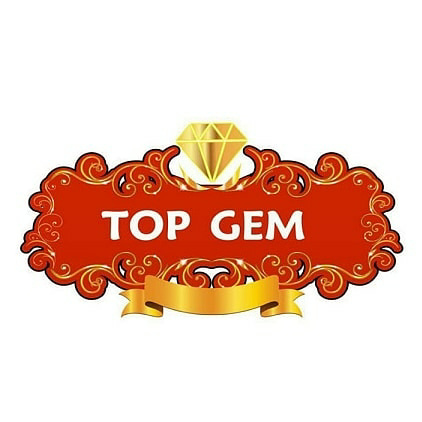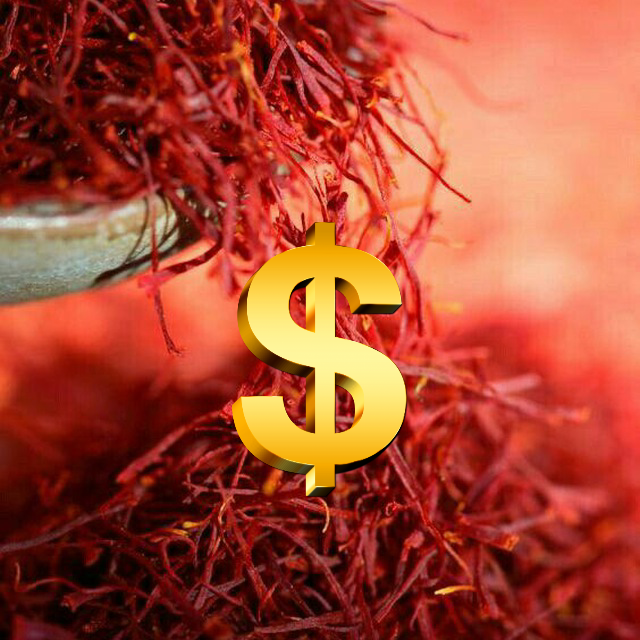some statics about saffron trade
Iran produces over 400 tons of saffron per year, this amount is close 95% of saffron production in the world. Yearly ,close 85 tons of saffron are consumed domestically. and others export to different countries.
Over 300 tons of saffron, were exported to 47 countries in 2018.
The Oman, Belgium, France, Iraq, Singapore, the US, Philippines, Kuwait, UAE, Hong Kong, Spain, Italy, Germany, Australia, UK, Bahrain, Poland, Taiwan, Japan, Vietnam ,Indonesia ,India ,Canada and USA are the key buyers of Persian saffron
in the last persian fiscal year (ended April 1, 2017), 32.4 percent more in terms of volume, year-on-year.
in 2018, saffron cultivation area in IRAN increased from 87,000 to 96,000 hectares.
Close to 95 percent of Iran’s saffron is cultivated in the two northeastern provinces of Khorasan Razavi and South Khorasan.
The universal saffron trade stands at about $8.3 billion per year.
why saffron price is more expensive than other spice?
Saffron is known as an expensive spice, because of using human force instead of agricultural machineries. Saffron flowers are so sensitive and collection process on the land must be done by human hands. Collecting saffron flowers must be done around 10 up to 20 days in October in early morning before sunrise. All these problems leads to increase saffron price,by considering all these difficulties, saffron price in Iran is lower than other countries, and the reason is cheap human force and widespread presentation of this spice comparing to other countries.
where should I buy saffron?
Generally, the countries include, Spain, Italy, India, Afghanistan, Morocco, Greek, India and China cultivate less than 10% of the saffron all around the world.
Iran is the first supplier of it with 400 tons crop in 2018.
Annually Countries like Spain, Italy, India, UAE and Saudi Arabia buy great amount of saffron from Iran and with marketing and branding sell them with very higher price by their own packing.
Nowadays, Iranian farmers produce around %90 of world saffron. however less than %15 of sellers to End-Users are Iranian brands. Therefore, 85 percent of End-Users buy saffron from countries those produce lower than 10 percent of world saffron.
Spain and UAE sell the Iranian saffron three times more expensive than the price that they buy it.
How to identify pure saffron:
Saffron has flavor and an aroma that cannot be duplicated in fake saffron. The only stuff that fake saffron makers can copy is the physical likeliness of saffron spice, so they can fool clients into buying it. They broadly add the colour real saffron hands out and package it in 1 gram containers.
Fake saffron:
In case you are shocking, what fake saffron is, it could be anything that looks like a saffron thread and coloured to replicate the real stuff. Corn husk can be one of the items that exists in this category, it is broadly available and is generally free! Corn husk, coloured to look like saffron can fool most people, particularly tourists who will not understand that they have purchased fake saffron until they are back home. Fake saffron can be totally fake or may have a few threads of pure saffron craftily added to mislead clients. how to identify pure saffron
Testing saffron for purity:
It’s fake saffron, If you put a thread of real saffron in your mouth and it feels sweet. Saffron threads when located in cool water for a few minutes will colour the water and come out still looking like the original saffron thread. If the colour washes out and the thread when taken out has faded or totally lost its color, then it’s fake.
Check the color of the saffron. High quality saffron threads will appear dark red – the redder, the better. There should be no colour variation. If the yellow style can be observed, it shows that it hasn’t been removed and while it has no culinary benefit, it definitely adds to the weight. but, few producers will go to that extra effort, so it’s probably best to get used to it. Powdered saffron is harder to perceive with colour and it is the easiest form of saffron to adulterate. It will look a little lighter in colour than the saffron tips or threads. If it comes from a merchant or famous brand, it should be suitable.
Select between powder and threads. There are various ways of consuming these, so the selection will really rely on your own preference, and you may even like to have both available in your larder. Threads: These can be separated out one by one and used decoratively. Chefs like the fact that you can tell it’s a saffron thread on a dish. Saffron powder: This doesn’t need steeping and is easy to add with a pinch.
HOW TO STORE SAFFRON:
store saffron in a dark place away from light. Put it in airtight containers for long time durability.
If stored properly, it will last for years.
Saffron attracts other flavors and odors very easily. even If you select to transfer the saffron to a new container, make sure that the container is very clean and odor-free before using.
Saffron spice, the orange-yellow stigmas from a tiny purple saffron crocus (Crocus sativus), widely known as Rose of Saffron, is the world’s most expensive spice. That is because each flower provides only three red stigmas.


